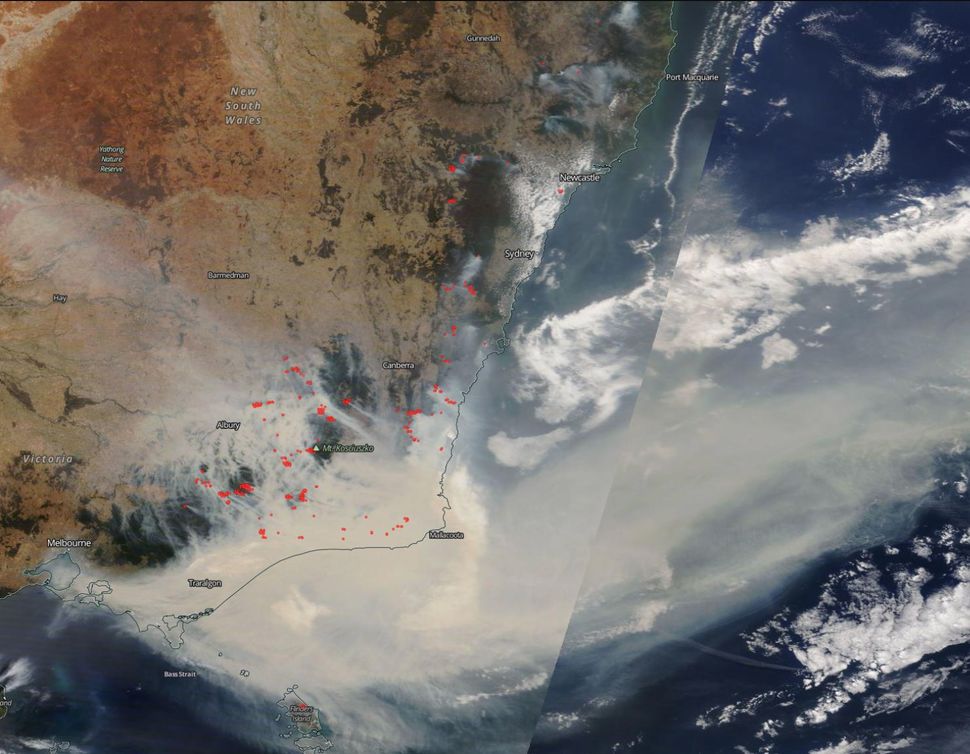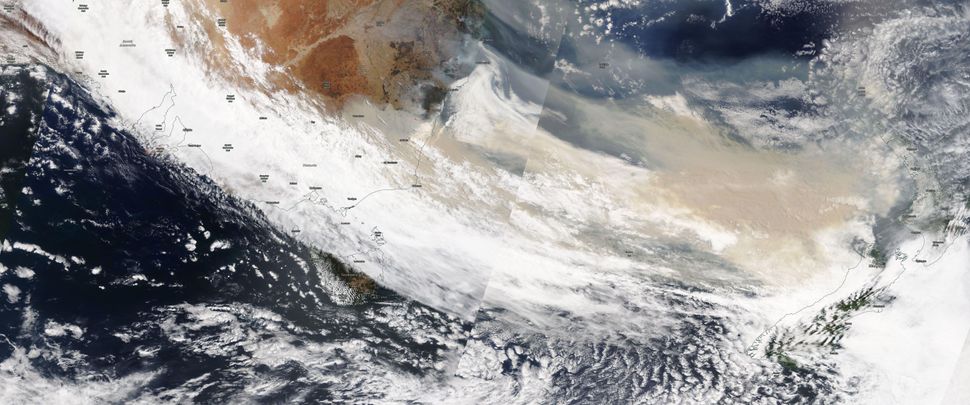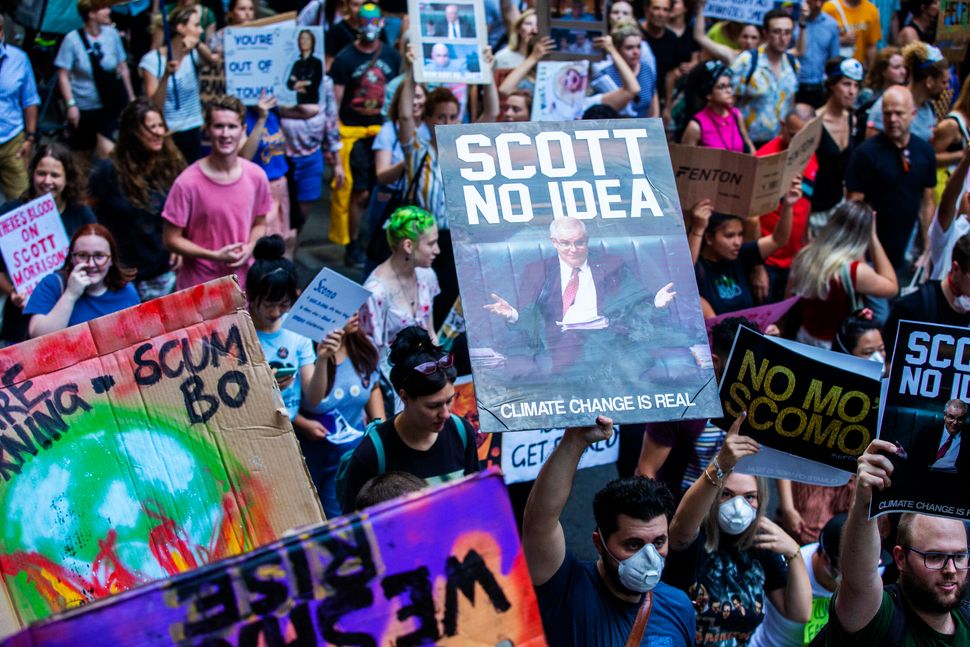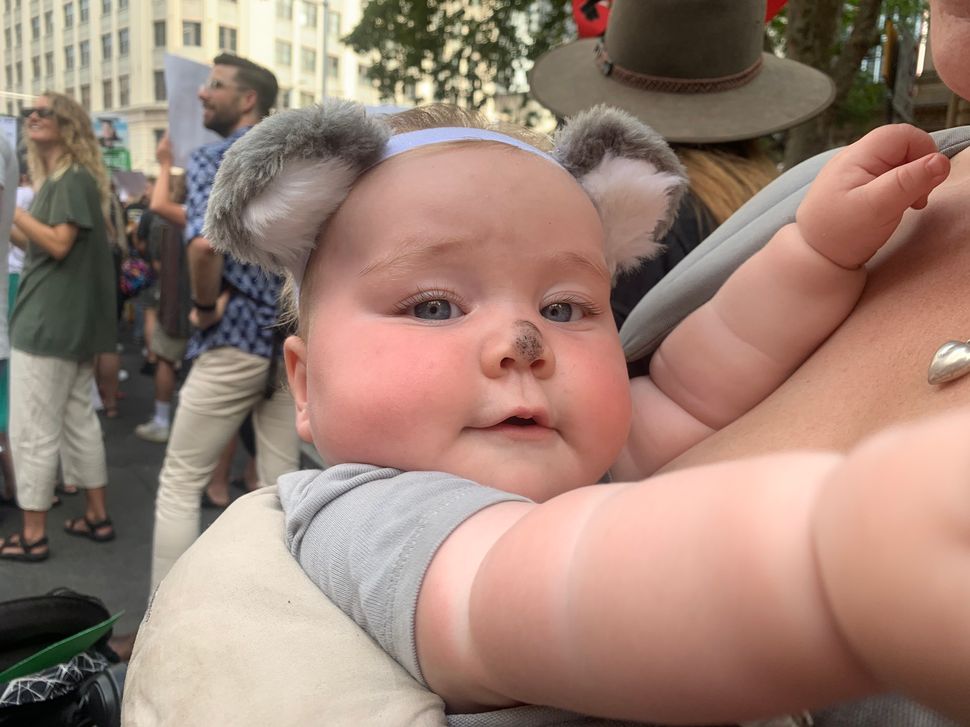
“Unprecedented”, “apocalyptic”. The language used to describe the intensity of the Australian bushfires can only do so much to encapsulate the sheer scale of devastation still being unleashed.
At least 27 people have been killed, almost 2,000 homes have been destroyed, and scientists estimate that more than one billion – yes, one billion – animals have died. Even that figure is said to be conservative and doesn’t include some groups, including bats, frogs and invertebrates. For some species, the catastrophe is feared to have resulted in total extinction.
An estimated 10.3m hectares of land has been burned. To put that in context, the UK’s total landmass is little more than 24m hectares.
“I can’t recall a situation where we’ve just had this much burning all at once over such a long period,” said Grant Williamson, a bushfire researcher at the University of Tasmania.
“It’s been scary knowing that so many communities are being affected, and simply the fact that when you’ve got this much fire at once there’s essentially no way to get on top of it until we get some significant rain.
“We just don’t have the resources and the manpower to cover this much area and try and extinguish all these fires without some rainfall.”
Bushfire season is always expected in the mid-to-late summer, but this time fires started swelling as early as September – early in the southern hemisphere’s spring. There has been little relief since.
“At the moment with the continued drought and a complete lack of rain throughout many areas, particularly through New South Wales, there’s no end in sight,” Grant said.
The scale of the bushfire crisis that has engulfed parts of the country over the past months is such that the drifts of thick smoke can be seen from space, the extraordinary heat detectable even from a satellite miles above the earth.
The world’s press held up sickening pictures of charred animals under red skies, or families choking through yellow-grey fog, their lives in tatters after losing their homes – but still it can be hard to understand the extent to which the smoke is suffocating the country.
The scale on which entire habitats have been destroyed is unprecedented – to such an extent that experts cannot be sure how, or even if, wildlife can recover.
Nasa images show one third of Kangaroo Island, which lies off the coast of Adelaide and is home to several vital nature reserves, has been burned away by the bushfires.
A staggering 600,000 sq miles are believed to have been destroyed, with ecologists estimating that some 25,000 koalas have been killed

“It’s frustrating because we have been talking about this for a long time. Projections that bushfires would start happening in the spring were made at least 10 or 12 years ago,” Grant said.
“That’s exactly what we’re seeing with the increases in temperature and the extreme heat we’ve had over the last few years – it’s been frustrating seeing the lack of response to that and seeing people still not accepting the science behind it.
“It’s scary, not only from the point of view of the affected communities, but also the natural environment and the ecosystems. We’re not sure how the recovery is going to go under this sort of climate, and there is still so much science to be investigated there.”
By the turn of the year the smoke had started to encroach on New Zealand, a country 1,200 miles (2000km) away – tuning the skies an “eerie” yellow. Again, to place that in the context of the UK, it would be the the equivalent of smoke drifting all the way from northern Africa.
This picture below shows the extent of the smoke, visible from Nasa satellites on January 5, moving from Australia’s south and eastern coasts towards New Zealand.

But there is no smoke without fire. That too is visible from space – each of the dozens of patches of flames that look tiny at such distance represent blazes that in many cases have torn apart communities and destroyed wildlife habitats.
The grey spots left behind show the areas that have been left charred by the flames.
As the crisis has unfolded, much has been written about the fragmented relationship between climate science and the politicians, media, and industry giants operating at the top of Australian society.
Scott Morrison, the prime minister, was fiercely criticised for taking a holiday to Hawaii as the crisis escalated, and has been embroiled in a number of embarrassing incidents in the weeks since – including forcing a woman from a fire-struck community to shake his hand during a walkabout.
Grant explained: “We have to talk about is how we respond to these disasters at a national scale. Most firefighting in Australia in rural areas is conducted by local town volunteer services, which were intended to fight small local fires over the course of a day or so and then go back to their homes.
“When you’ve got something like this that goes on for months across the entire country, you’ve got to start asking if local volunteers are really who you want to be doing this.
“More broadly we need to talk about how are we designing our communities and making our community safe. What can we do in terms of how we use our land, how we build houses, how we build out a chance to defend those towns?”
The pace of change in government and industry might be slow but as the crisis deepens, Australian’s are becoming increasingly vocal about the lack of action on climate change.
Thousands of people rallied across the nation’s biggest cities on Friday – led by University Students for Climate Justice and Extinction Rebellion. Whilst the crowds turned out in a show of solidarity, they were also there to demand more from their leaders.


Many people have seen this moment of crisis as a turning point for the way in which Australians talk about climate change.
“It is changing,” Grant explained. “Over the last few weeks people have been feeling that anger.
“Where some people used to maybe not accept climate change, or perhaps not be sure, they are now seeing the sorts of impact it can have.
“Obviously, you need government and industry on board with that, to make some tough decisions about how we’re going to go into the future.
“But I honestly feel that the conversation is changing at the moment in how we deal with climate change in Australia. People are willing to talk about it.”